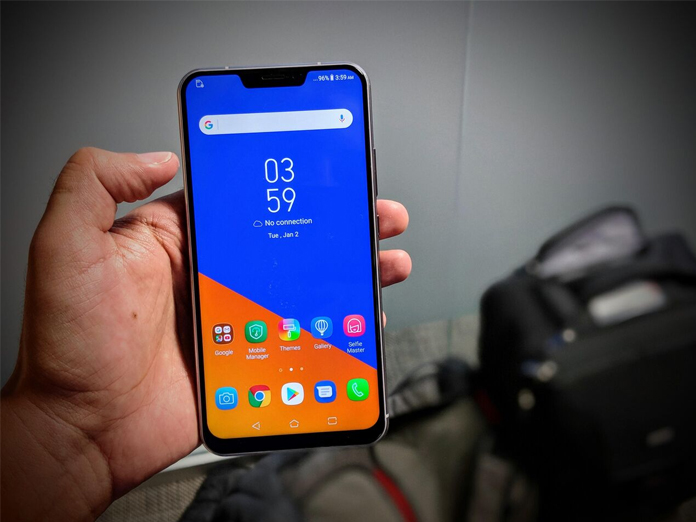Using smart phone for eye check-up may lead to misdiagnosis

Using smartphones to capture photographs of patients eyes for a checkup may lead to misdiagnosis as camera colour sensors vary and as a result, images of the same eye may appear different depending on the model of smartphone used, warn researchers
London: Using smartphones to capture photographs of patients' eyes for a check-up may lead to misdiagnosis as camera colour sensors vary and as a result, images of the same eye may appear different depending on the model of smartphone used, warn researchers.
The study, published in the journal Scientific Reports, suggests that calibration of phone cameras is vital to capture accurate data.
Eye examinations to look for redness in the eye can indicate a variety of conditions including conjunctivitis, dry-eye disease and tear-gland dysfunction.
Clinicians increasingly use smartphones in conjunction with ophthalmic imaging equipment, such as the eyepiece of a slit lamp, because of their portability, ease of use and relatively low cost.
The connectivity also allows for upload to the Cloud, which is useful for telemedicine - the remote diagnosis and treatment of patients using telecommunications technology - and Artificial Intelligence applications that store thousands of images from different institutions.
However, the autofocus algorithms and hardware specifications of cameras may be different for different manufacturers which means different cameras can produce different results for the same scene.
"It is important that clinicians bear this in mind," said lead study author Carles Otero from Anglia Ruskin University in England.
For the study, the researchers took 192 images of eyes using three smart phone cameras, two different lighting levels and two zoom levels.
The images were duplicated and one set was white balanced and colour corrected (calibrated) and the other left unaltered.
The researchers took photographs in autofocus mode with the iPhone 6s, the Google Nexus 6p and the Bq Aquaris U Lite, and found that the iPhone results were significantly different from the other two devices, when computing relative redness of each eye, and when compared to a clinician's diagnosis.
However, when the images were calibrated, the differences between lighting levels and camera types were significantly minimalised - with differences between smartphones reduced by approximately 30 per cent.
"Our results show that while the clinician's subjective evaluation was not affected by different cameras, lighting conditions or optical magnifications, calibration of a smartphone's camera is essential when extracting objective data from images," Otero said.




















